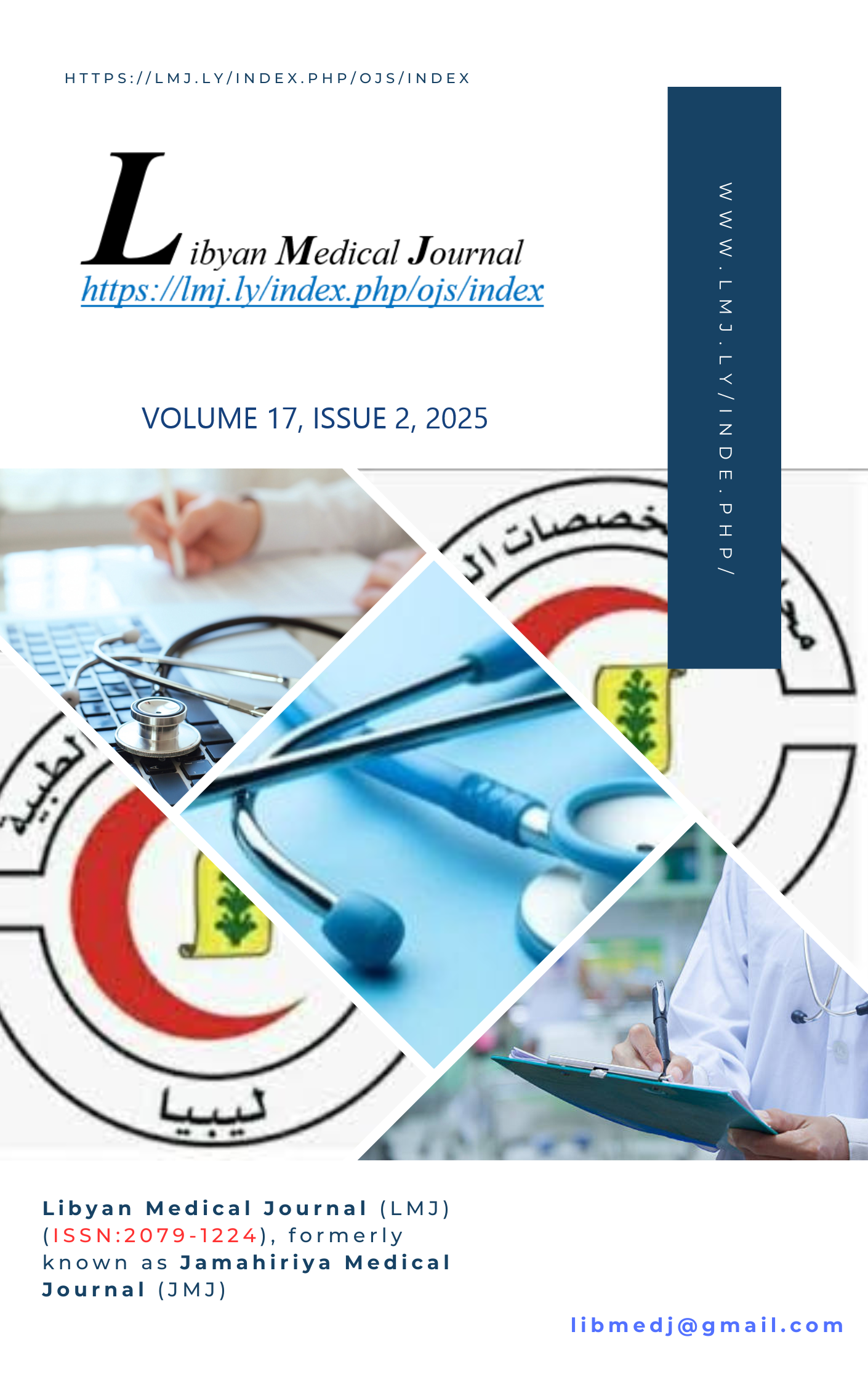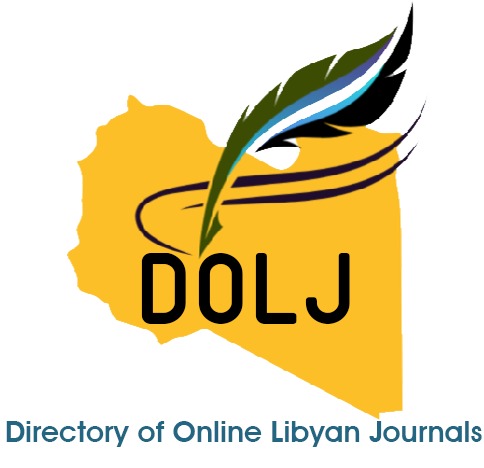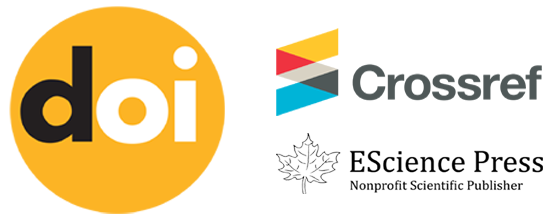Antioxidant Activity of Natural Chamomile and Commercial Chamomile in Libya: A Comparative Study
DOI:
https://doi.org/10.69667/lmj.2517213Keywords:
Chamomile, Antioxidants, Flavonoids, Terpenoids, DPPHAbstract
Chamomile (Matricaria chamomilla L.) is a medical plant known for its antioxidant properties, which are attributed to bioactive compounds such as flavonoids and terpenoids. The study aimed to compare the antioxidant efficacy of natural chamomile with three commercial brands, A (Italian chamomile (Sonny)), B (Italian chamomile (Restora)), and C (German chamomile (UTZ)) available in Libyan markets. Methanol extracts of all samples were prepared by maceration, and antioxidant activity was evaluated using the DPPH radical scavenging assay. All data were expressed as mean ± standard deviation (SD). Statistical analysis was performed using one-way ANOVA, with A p-value < 0.05, which was considered statistically significant. Results revealed significant differences in IC50 values, with natural chamomile exhibiting the highest potency (IC50 = 3.35 mg/ml ± 0.055), followed by Brand A (IC50= 3.56 mg/ml ± 0.04) and Brand C (3.88 mg/ml ± 0.21). Brand B showed the weakest activity (IC50= 5.01 mg/ml ± 0.04). The statistical analysis confirmed the superiority of natural chamomile over commercial variants. Our findings suggest that processing methods, storage conditions, or potential additives in commercial products may degrade bioactive compounds, reducing antioxidant efficacy. This study highlights the advantage of minimally processed natural chamomile for optimal antioxidant benefits, and it underscores the implications for consumer choice and quality control in the manufacturing of herbal products
References
Abdallah EM, Alhatlani BY, de Paula Menezes R, Martins CHG. Back to Nature: Medicinal plants as promising sources for antibacterial drugs in the post-antibiotic era. Plants. 2023;12(17):3077.
Bouyahya A, Bakrim S, Aboulaghras S, El Kadri K, Aanniz T, Khalid A, et al. Bioactive compounds from nature: Antioxidants targeting cellular transformation in response to epigenetic perturbations induced by oxidative stress. Biomed Pharmacother. 2024;174:116432.
Sevindik M, Akgul H, Pehlivan M, Selamoglu Z. Determination of therapeutic potential of Mentha longifolia ssp. longifolia. Fresen Env Bull. 2017;26(7):4757–63.
Komoreng L, Thekisoe O, Lehasa S, Tiwani T, Mzizi N, Mokoena N, et al. An ethnobotanical survey of traditional medicinal plants used against lymphatic filariasis in South Africa. South African J Bot. 2017;111:12–6.
Roby MHH, Sarhan MA, Selim KA-H, Khalel KI. Antioxidant and antimicrobial activities of essential oil and extracts of fennel (Foeniculum vulgare L.) and chamomile (Matricaria chamomilla L.). Ind Crops Prod. 2013;44:437–45.
Das S, Horváth B, Šafranko S, Jokić S, Széchenyi A, Kőszegi T. Antimicrobial activity of chamomile essential oil: Effect of different formulations. Molecules. 2019;24(23):4321.
El Mihyaoui A, Esteves da Silva JCG, Charfi S, Candela Castillo ME, Lamarti A, Arnao MB. Chamomile (Matricaria chamomilla L.): a review of ethnomedicinal use, phytochemistry and pharmacological uses. Life. 2022;12(4):479.
El Joumaa MM, Borjac JM. Matricaria chamomilla: A valuable insight into recent advances in medicinal uses and pharmacological activities. Phytochem Rev. 2022;21(6):1913–40.
Khalesi ZB, Beiranvand SP, Bokaie M. Efficacy of chamomile in the treatment of premenstrual syndrome: a systematic review. J pharmacopuncture. 2019;22(4):204.
Werner RDC, Merz ADB. Committee on Herbal Medicinal Products (HMPC). Eur Med Agency, London. 2007;
Sharifi-Rad J, Sureda A, Tenore GC, Daglia M, Sharifi-Rad M, Valussi M, et al. Biological activities of essential oils: From plant chemoecology to traditional healing systems. Molecules. 2017;22(1):70.
XIA Q-X, BAI H-T, SUN L-C, GAO T-G, JIANG C-D, SHI L. Research Progress on Active Composition and Practical Application of Medicinal Plants of Matricaria recutita. Acta Hortic Sin. 2012;39(9):1859.
Sepp J, Koshovyi O, Jakstas V, Žvikas V, Botsula I, Kireyev I, et al. Phytochemical, Technological, and Pharmacological Study on the Galenic Dry Extracts Prepared from German Chamomile (Matricaria Chamomilla L.) Flowers. Plants. 2024;13(3):350.
Prinsloo G, Nogemane N. The effects of season and water availability on chemical composition, secondary metabolites and biological activity in plants. Phytochem Rev. 2018;17(4):889–902.
Blondel J. The Mediterranean region: biological diversity in space and time. Oxford University Press; 2010.
Loboda A, Cisowski J, Zarebski A, Jazwa A, Rivera Nunez D, Kypriotakis Z, et al. Effect of plant extracts on angiogenic activities of endothelial cells and keratinocytes. J Physiol Pharmacol Suppl. 2005;56(1):125–37.
Quitério E, Grosso C, Ferraz R, Delerue-Matos C, Soares C. A critical comparison of the advanced extraction techniques applied to obtain health-promoting compounds from seaweeds. Mar Drugs. 2022;20(11):677.
Azwanida NN. A review on the extraction methods use in medicinal plants, principle, strength and limitation. Med aromat plants. 2015;4(196):412–2167.
Khan SA, Aslam R, Makroo HA. High pressure extraction and its application in the extraction of bio‐active compounds: A review. J Food Process Eng. 2019;42(1):e12896.
Zhang Q-W, Lin L-G, Ye W-C. Techniques for extraction and isolation of natural products: A comprehensive review. Chin Med. 2018;13:1–26.
Muscolo A, Mariateresa O, Giulio T, Mariateresa R. Oxidative stress: the role of antioxidant phytochemicals in the prevention and treatment of diseases. Int J Mol Sci. 2024;25(6):3264.
Hunyadi A. The mechanism (s) of action of antioxidants: From scavenging reactive oxygen/nitrogen species to redox signaling and the generation of bioactive secondary metabolites. Med Res Rev. 2019;39(6):2505–33.
Hoang HT, Moon J-Y, Lee Y-C. Natural antioxidants from plant extracts in skincare cosmetics: Recent applications, challenges and perspectives. Cosmetics. 2021;8(4):106.
Al-Dabbagh B, Elhaty IA, Elhaw M, Murali C, Al Mansoori A, Awad B, et al. Antioxidant and anticancer activities of chamomile (Matricaria recutita L.). BMC Res Notes. 2019;12:1–8.
Akram W, Ahmed S, Rihan M, Arora S, Khalid M, Ahmad S, et al. An updated comprehensive review of the therapeutic properties of Chamomile (Matricaria chamomilla L.). Int J Food Prop. 2024;27(1):133–64.
Catani MV, Rinaldi F, Tullio V, Gasperi V, Savini I. Comparative analysis of phenolic composition of six commercially available chamomile (Matricaria chamomilla L.) extracts: Potential biological implications. Int J Mol Sci. 2021;22(19):10601.











